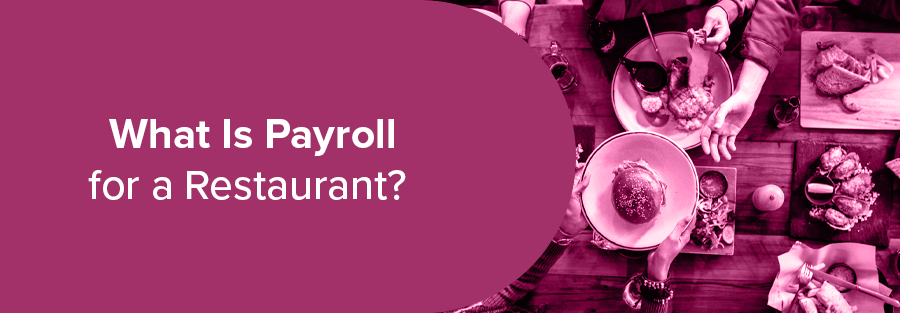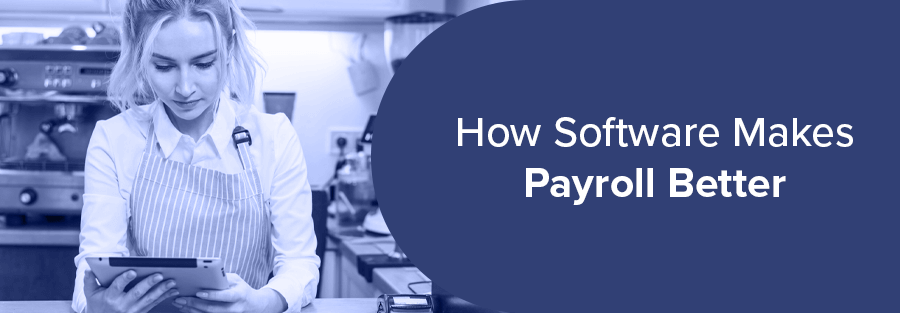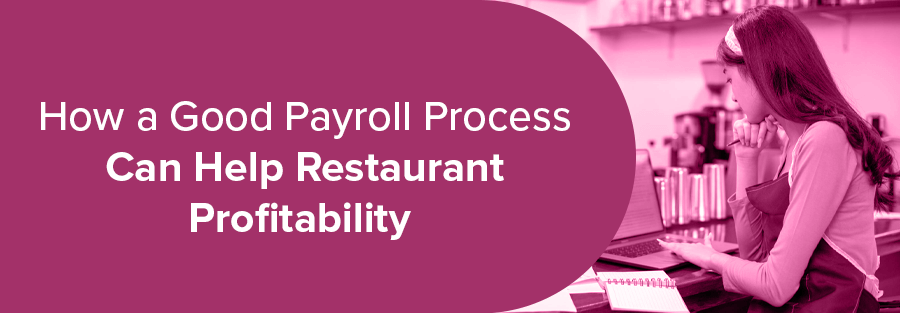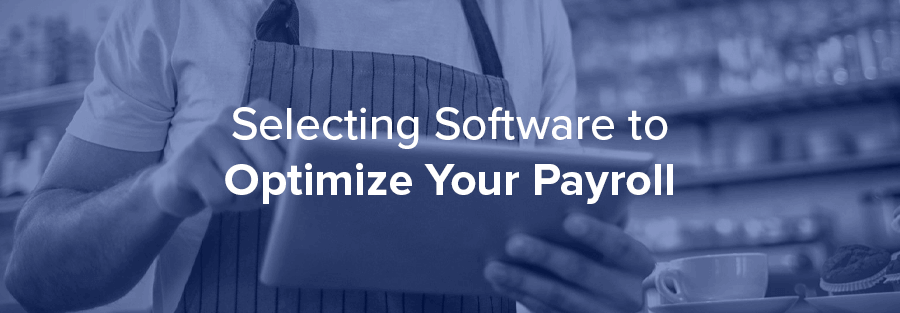
You may be asking, how does payroll work? That is, what should payroll look like for a restaurant? We’ll start with the basics. What is payroll? Payroll is the business process of regularly paying out all your wage, payroll tax, and benefit liabilities to employees. We’ll spell those out: wages are employee earnings, payroll taxes are the percent of earnings dedicated to taxes, particularly social security and medicare tax [aka FICA (social security) and MEDFICA (medicare)]. Benefits are any payments you make on behalf of your employees in a manner specified by their employment contract, such as a contribution to a health savings account (HSA).
So far, so good. But how should operators process payroll in the context of a restaurant? That’s up next. Here’s how to perform restaurant payroll.

Any restaurant payroll guide worth its salt should include clear instructions on what to do and what not to do. That’s what we’ll aim to do here.
Pay Your Team Weekly
Our first tip is to run your payroll weekly rather than bi-weekly or monthly. There are several advantages to this:
- It makes it easier for hourly employees to manage their finances as they receive money every week in relatively consistent amounts, making budgeting more straightforward.
- Employee income is better documented, allowing them to qualify more easily for things like student and vehicle loans.
- Weekly payroll makes it easier for the business to accurately track and manage cash because they don’t spend as much time accruing a cash liability.
- In conjunction with charge tips on checks, weekly payroll provides audit transparency regarding direct and indirectly tipped employees. It’s common practice for an auditor to use an employee’s W2 against the payroll register; the auditor notices that the charge tips don’t match and starts asking for the tip ledger for support staff and kitchen personnel.
- Back Office has documented a 26% increase in employee retention for businesses that run weekly payroll. This is due to increased employee satisfaction.
We strongly advise making payday Monday or Tuesday when running your weekly payroll. This best practice allows you to compress your administrative work into slower days and include the previous weekend’s pay in the check.
Do the Paperwork
Our next tip is to spend the time to get your employee profiles/paperwork in order. It gets you set up correctly in the eyes of the law (which is essential to avoid fines later). The basics of paperwork are to have Form W-4 and Form I-9 for each employee. The W-4 calculates federal tax withholding per paycheck, while the I-9 covers employment authorization and identity.
Set Up for Simple Taxes
As a business, you need to apply for an EIN (employer identification number) from the government that you’ll use to file taxes. Depending on your cash flow flexibility, you can either set up a dedicated payroll bank account to pay employees or keep a single account. Cash management is always more simple when money clears only one account. However, restaurants in tight cash positions may find it’s better to have a dedicated payroll account, so they know what money is set aside for taxes as the checks clear.
Implement Digital Pay Methods
We recommend that you set up direct deposits or digital pay cards for all your employees. Doing so eliminates the uncertainty around when employees cash their checks, which can pose difficulties to consistent cash flow management. Digital pay options, known as Earned Wage Access (EWA), create many benefits for employers and employees. This can be achieved through your accounting software integration with your point of sale system for daily wage payouts or the use of pay cards connected to digital banks.
Never Miss Payroll
Our next tip may seem obvious, but it bears mentioning because of its importance. You need to pay your people on time, every time, consistently. Stick to the schedule, no matter how low your cash reserves get. Employees are dependent on their wage checks to meet basic living expenses and likely can’t afford a late payment of their earned wages. Ignoring your payroll is a quick way to generate ill-will with employees, and trust is slow to rebuild once you’ve broken expectations. Unreliable paychecks are a sure way to send employees running for new jobs.
Pay Payroll Taxes
Be sure to calculate your payroll taxes accurately. The employer pays a portion of federal payroll taxes (7.65% of wages), and the other half (another 7.65%) is withheld from employee paychecks.
Comply with Labor Laws
Finally, know your labor laws. There are very precise regulations on work conditions and compensation that apply at the federal, state, and local levels. These laws can be complicated, change regularly, and often burden restaurant operators to understand and comply. At Back Office, ensure your restaurant is protected with our dedicated compliance team, who understands the industry they serve and are there to help protect your valuable assets, employees, stakeholders, and business.

Our previous guidance will help you effectively run restaurant payroll. In terms of what not to do, we strongly recommend against attempting to manage your payroll through manual processes of hand calculations and paper checks. Using payroll software is a vastly more accurate and streamlined process, saving you both time and money.

The first benefit of a good payroll process is that it gets the money where it needs to go, on time with accurate record keeping. Your employees will be pleased with the timely and consistent nature of their paychecks, and your payroll records will remain clean. Additionally, having an accurate picture of your restaurant’s financial health is critical to safely withdrawing money from the business through owner distributions (a.k.a. profit taking).
Another benefit of a software-based payroll process that has point of sale integration is that your calculations on the amounts due to employees are more precise, with less room for human error. Both underpayments and overpayments are undesirable and time-consuming, and with digital payroll, you’ll have less of them.

When selecting a payroll management system, it’s critical that you choose a provider with experience in the restaurant industry. Hospitality businesses have unique characteristics, such as tip distribution, and your payroll system needs to meet those needs. Back Office payroll has been purpose-built for the restaurant industry and integrates with leading point of sale solutions to provide smooth, error-free distributions of wages. Back Office has the industry expertise to make substantive recommendations on operations to clients, such as helping operators identify specific shifts and job codes that can be optimized for higher profits.
Thousands of restaurant operators have found peace of mind and higher profitability through the Back Office payroll management system. Beyond payroll, Back Office offers a comprehensive system that extends to include the tasks of your entire back office.




